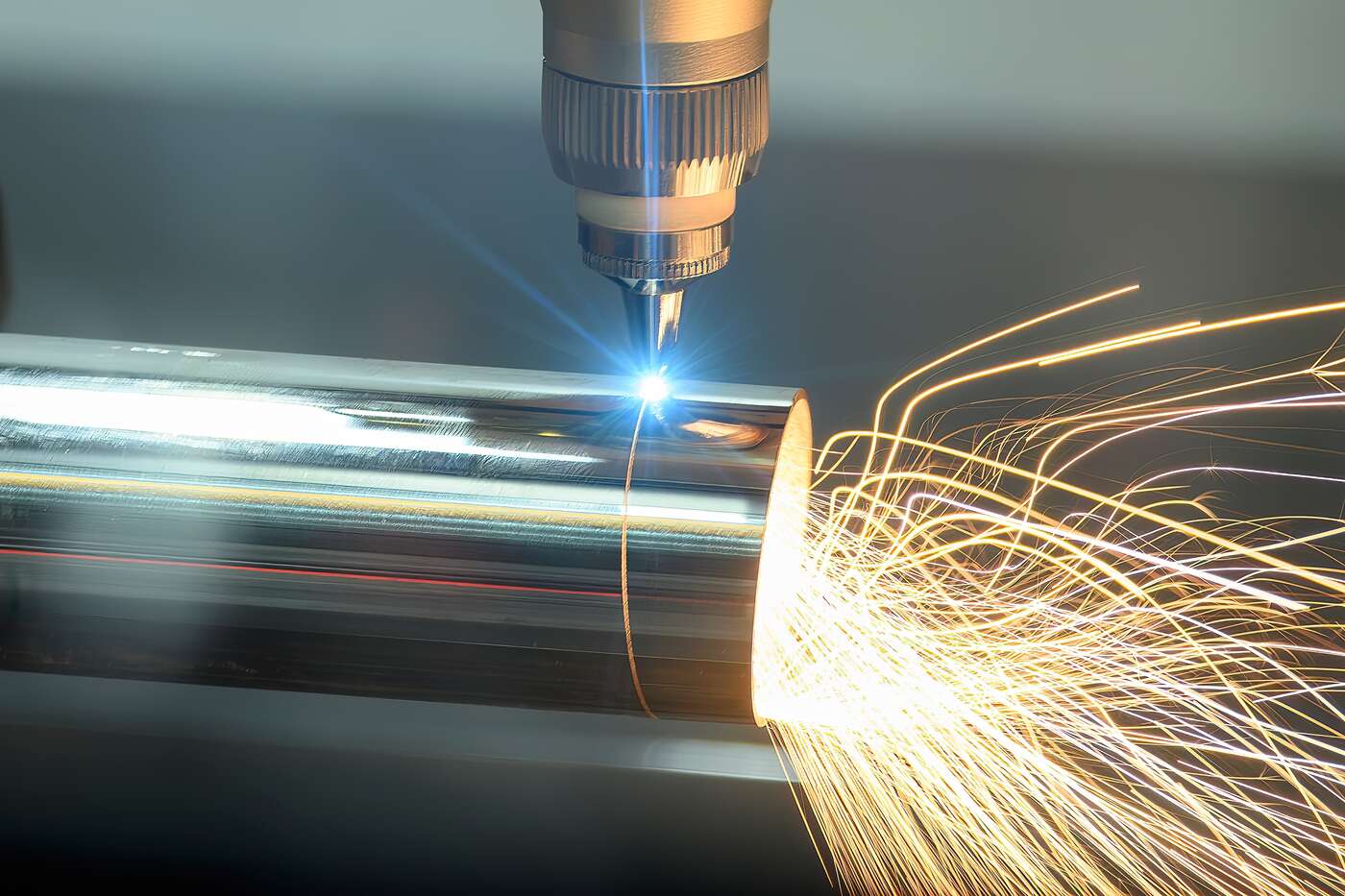Laser cutting and laser ablation services are an increasingly crucial capability for modern medical device manufacturers. From cannula tubes and catheters to laser-cut hypotube and stents, many complex medical device components require high-precision tolerances and difficult-to-machine features that are nearly impossible to achieve with conventional CNC machining systems.
Laser cutting and laser ablation provide a repeatable, cost-effective process for manufacturing many of the advanced medical products offered at China Micro Spring.
Laser Cutting for Miniature Parts and Tubular Components
Unlike conventional machining and metal cutting methods, laser cutting is a non-contact process. Rather than a metal-on-metal cutting tool, we use a focused laser beam that essentially evaporates material that it contacts. That facilitates quick, accurate, and repeatable cuts without the need to continuously maintain/replace cutting tools.
The non-contact laser cutting process is especially beneficial when it comes to small medical devices, miniature parts, micro-manufacturing services, and tubular components that utilize thin-walled tubing.
- Minimizing Mechanical Stress – Mechanical deformation is minimized and tool deflection is eliminated, preventing damage to delicate medical components. That’s especially important for thin-walled tubes and flexible materials (e.g. used in catheters), where traditional CNC machining can compromise the structural integrity of the part.
- Minimizing the Heat-Affected Zone – Compared to mechanical machining methods, laser cutting tends to minimize the heat-affected zone (HAZ) of the workpiece. That helps preserve the material’s physical/mechanical properties and reduces the risk of thermal damage.
- High Precision and Repeatability – Laser cutting provides the precision necessary for creating intricate geometries in catheters and hypodermic tubes. Furthermore, because there’s no cutting tool to wear out, laser systems can replicate the same precise cuts across hundreds or thousands of parts, ensuring consistency in mass production.
Laser Ablation for Complex Part Features
The precisely controllable intensity of laser cutting systems allows for the careful ablation of material in order to achieve complex miniature/micro part features. Examples include microchannels, fine holes, and unique surface textures produced on even the most delicate components such as catheters, hypodermic needles, and implantable devices.
There are multiple laser ablation processes commonly used in manufacturing medical devices and miniature/micro components:
- Laser Micro Machining – Selectively removes material through melting, vaporization and ablation, enabling the fabrication of complex geometries, surface textures, and patterns
- Laser Drilling – Focusing a high-intensity laser beam on a specific point, material is vaporized or melted and ejected to form clean, consistent holes with diameters as small as a few microns.
- Laser Marking – Alters the surface of a material through localized heating, oxidation, or ablation, resulting in marks such as text, barcodes, serial numbers, or logos. Compared to many other part marking methods, laser marks are durable, resistant to wear and highly legible, even on small or intricate medical components.
Manufacturing Virtually All Types of Laser Cut Medical Products:
- Airway stents
- Cannula tubes
- Catheter shafts
- Coronary stents
- Custom needle fabrication
- Hypo tube (hypodermic tubing)
- Medical pull rings
- Medical implant components
- Nitinol stents
- Thin-walled tubes
- Needle fabrication
High-Precision Laser Cutting, Laser Ablation, and Manufacturing for the Medical Industry Since 1984
China Spring & Machine is backed by more than 40 years of service as one of China’s leading medical device manufacturing companies. We ensure superior quality and precision with every laser machined component in accordance with the strict requirements of the modern medical sector.
